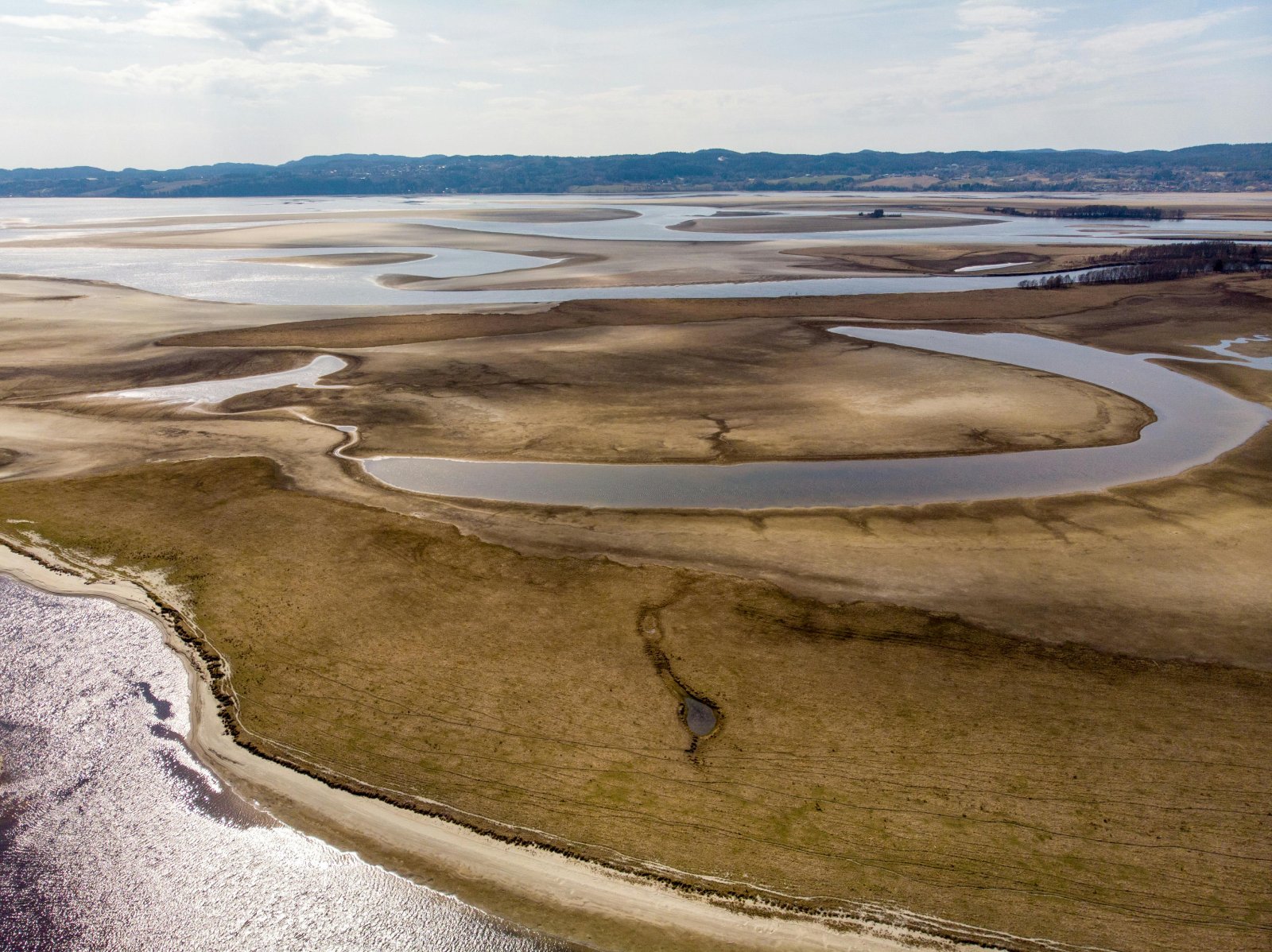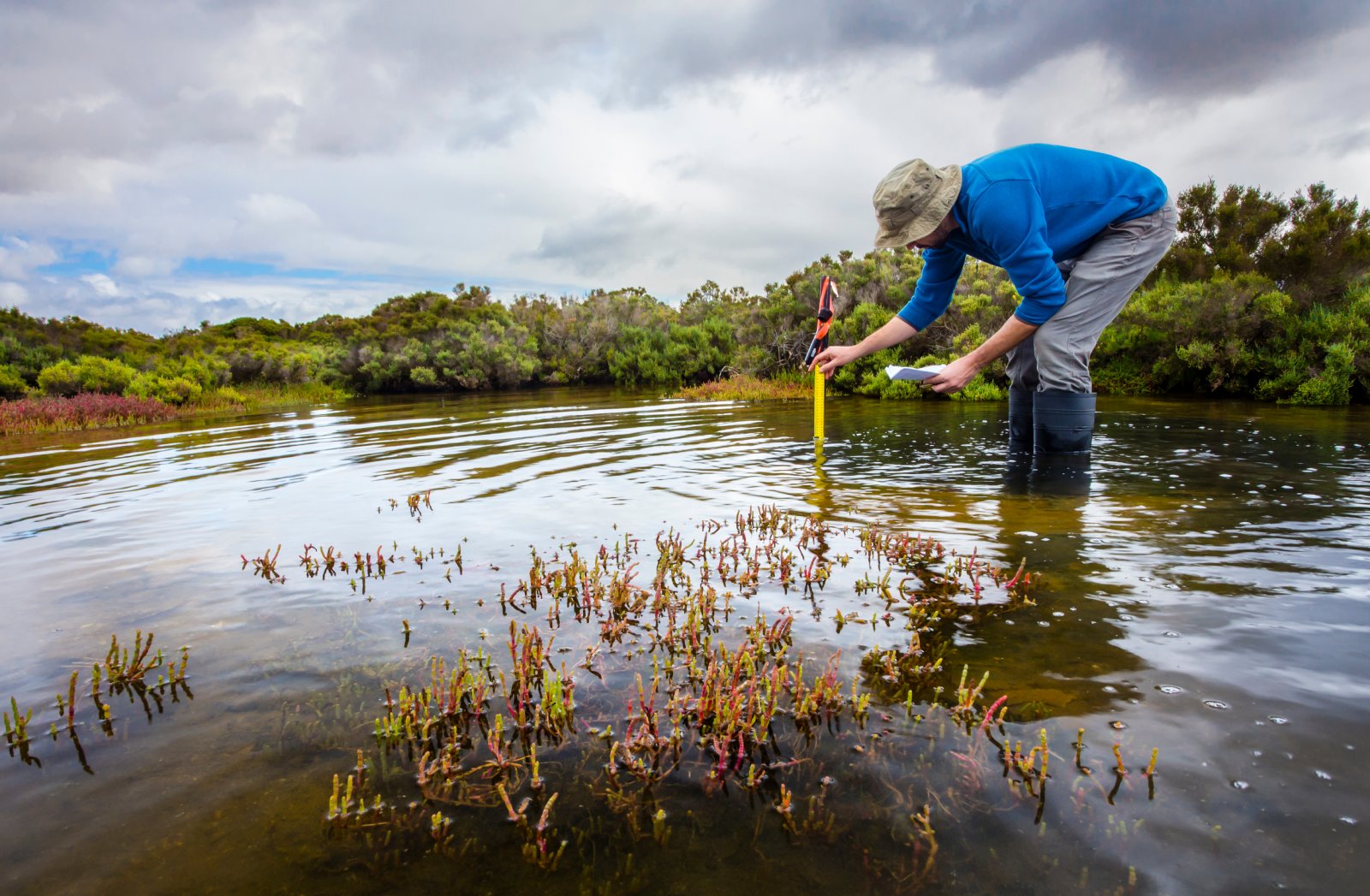A new report has revealed the scary state of America’s water supply problems.
America’s Thirst Trap

Image Credit: Shutterstock / BullpenAl
America’s water reservoirs are in deep trouble – pardon the pun. New research has sounded the alarm about our water storage systems, which are shrinking and becoming unreliable faster than we thought.
Reservoirs on the Rocks

Image Credit: Shutterstock / JB Manning
Climate change is hitting hard, and our reservoirs are struggling like never before.
From Coast to Coast

Image Credit: Shutterstock / fizkes
The report, fresh from Geophysical Research Letters, has revealed what could become a nationwide crisis as reservoirs across the U.S. face longer and more intense periods of low storage than ever before.
No Region Left Untouched

Image Credit: Shutterstock / R_Tee
This isn’t just a problem for the parched West and Central regions; even the usually wetter parts of the country in the Southeast and Pacific Northwest are feeling thirsty.
Even the Wet Get Dry

Image Credit: Shutterstock / Piyaset
Lakes and reservoirs that were once dependable are now running dry at alarming rates, and it’s affecting water supplies all over the country.
The Silent Water Thief

Image Credit: Shutterstock / Artesia Wells
The report found that reservoirs are not just being affected by droughts and high water withdrawals – they’re also battling increasing sediment buildup, which is a huge problem.
When Dirt Hits the Fan

Image Credit: Shutterstock / kittirat roekburi
When sediment builds, it fills up the reservoir’s capacity – meaning less room for water. This can be a big deal when droughts hit or during high-demand periods, as less storage capacity can lead to water shortages.
The Cost of Running Dry

Image Credit: Shutterstock / Daniel Krason
For the average person, this often translates to higher water bills. Utilities might need to invest in expensive treatments or alternative water sources, and those costs can be passed down to consumers.
Sediment’s Eco Impact

Image Credit: Shutterstock / APChanel
Plus, sediment can clog water treatment plants, making the process more costly and complex. It can alter water quality and affect the aquatic life that relies on the reservoir.
From Backup to Breakdown

Image Credit: Shutterstock / Lukasz Pawel Szczepanski
In the past, our reservoirs were like trusty backups for when natural water sources like snowpacks and rivers dried up. But now, they’re struggling to keep up.
The Southwest’s 1,200-Year Thirst

Image Credit: Shutterstock / R_Tee
Think of the brutal drought that hit the Southwest from 2000 to 2021 – the driest 22 years in 1,200 years. Reservoirs across the Southwest couldn’t provide enough water, which led to widespread water restrictions. If that’s not a red flag, what is?
Shrinking Storage

Image Credit: Shutterstock / Adam Reck
Here’s where it gets even crazier – reservoirs that once comfortably held their water are now struggling to keep up. Out of 250 major reservoirs analyzed across the country, 169 saw their maximum storage levels shrink.
The Great Water Disappearing Act

Image Credit: Shutterstock / Piyaset
And it’s not just a little drop. On average, these reservoirs are holding 2.2% less water than before, but in the worst cases the drop is as much as 8.1%.
A Nationwide Trend

Image Credit: Shutterstock / Michael Vi
We’re talking about a drop in maximum water storage across the board. Even in places that didn’t see more frequent low storage periods, reservoirs are filling up less and less.
Surprising Struggles in Rainy Regions

Image Credit: Pexel / Barnabas Davoti
The biggest eye-opener is that even places with constant rainfall aren’t immune. Reservoirs in the supposedly wetter parts of the country are also seeing their peak storage levels dwindle. The long-term implications could be massive.
Expert Shock

Image Credit: Shutterstock / I. Noyan Yilmaz
The dramatic fall in water levels has surprised experts like Caelan Simeone, the hydrologist who led the study. In an interview with Maven’s Notebook (a California water industry transparency website), Simeone said, “The reduction of maximum annual storage was widespread, which really surprised us. Many reservoirs just aren’t filling to the levels they once did. Overall, we’re getting this picture of declining maximum water levels across the United States.”
Old School Infrastructure

Image Credit: Shutterstock / davidrh
While sediment buildup, droughts, and water withdrawals are some of the key players in why this is happening, there’s also the issue of infrastructure. To put it simply, a lot of these reservoirs are old. They were built decades ago – between the 1930s and 1970s – back when the climate was more predictable.
Mother Nature Rewrites the Rules

Image Credit: Shutterstock / Eli Mordechai
Now, with changing weather patterns and more extreme weather, those old designs are struggling to cope.
Managers in the Hot Seat

Image Credit: Shutterstock / Gorodenkoff
Reservoir managers are trying to adapt, but it’s a tough battle. As Simeone says, “There was an assumption that conditions would be more or less stationary. Climate change interrupted that. Now, managers need to try to mitigate the hydrologic shifts we’re seeing.”
America’s Water Future at Stake

Image Credit: Shutterstock / F Armstrong Photography
The takeaway from this study is clear: we need to rethink how we manage our water. If the country doesn’t adapt quickly, Americans could soon be in a tough spot. Water shortages and restrictions could soon end up the norm further down the line.
Featured Image Credit: Shutterstock / Michael Vi.
The images used are for illustrative purposes only and may not represent the actual people or places mentioned in the article.


